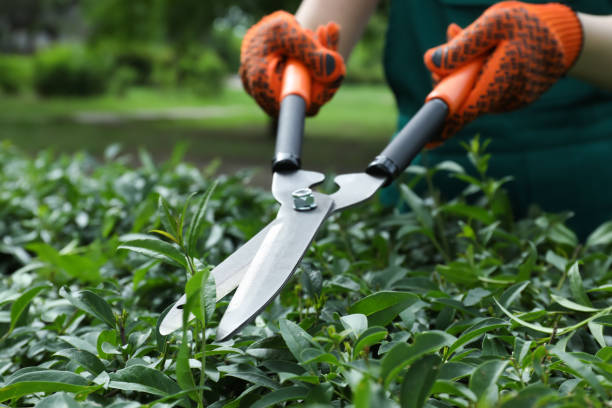The Art and Science of Bush Cutting: Techniques and Tips for a Pruned Paradise
Introduction: Bushes, whether adorning our landscapes võsalõikus or enhancing our gardens, often require regular maintenance to flourish and maintain their aesthetic appeal. However, bush cutting isn’t just about hacking away at overgrowth; it’s a delicate balance between art and science. Proper techniques ensure healthy growth, while haphazard cutting can lead to damage and decline. In this article, we’ll delve into the artistry and methodology of bush cutting, offering insights and tips for cultivating a pruned paradise.

Understanding Bush Growth: Before diving into the cutting process, it’s crucial to understand how bushes grow. Most bushes exhibit a combination of primary and secondary growth. Primary growth occurs at the tips of branches, while secondary growth happens along the stems. Pruning affects both types of growth, influencing the bush’s shape, size, and overall health.
Timing Matters: Timing plays a pivotal role in bush cutting. While some general rules apply, such as avoiding extreme weather conditions, the best time to prune varies depending on the type of bush. For deciduous bushes, it’s typically best to prune during their dormant season, which is often late winter or early spring before new growth emerges. Evergreen bushes, on the other hand, can be pruned lightly throughout the year but benefit most from pruning in late winter or early spring.
Tools of the Trade: Having the right tools can make all the difference when it comes to bush cutting. Basic tools include pruning shears, loppers for thicker branches, and a pruning saw for heavy-duty cutting. Ensure your tools are sharp and clean to make precise cuts without causing unnecessary damage to the plant. Additionally, consider investing in protective gear like gloves and safety goggles to shield yourself from thorns and debris.
Techniques for Pruning:
- Thinning: Thinning involves selectively removing branches to improve airflow and light penetration throughout the bush. Start by identifying any overcrowded or crossing branches and trim them back to the main stem or a lateral branch. This technique promotes healthy growth and reduces the risk of disease by eliminating areas of congestion.
- Shaping: Shaping is about sculpting the bush to maintain its desired form and size. Begin by visualizing the ideal shape and carefully trim away any excessive growth that detracts from it. Work slowly and methodically, stepping back periodically to assess your progress and ensure symmetry.
- Deadheading: Deadheading involves removing spent flowers to encourage continued blooming and prevent the bush from expending energy on seed production. Simply snip off faded blooms at their base using sharp pruning shears. Deadheading can prolong the flowering season and enhance the overall appearance of the bush.
- Rejuvenation: In some cases, bushes may become overgrown or neglected, requiring more drastic measures to rejuvenate them. Rejuvenation pruning involves cutting back the bush to stimulate new growth from the base. While it may seem drastic, this technique can breathe new life into tired bushes and revitalize their appearance.
Conclusion: Bush cutting is both an art and a science, requiring careful consideration of timing, technique, and tools. By understanding the principles of bush growth and employing proper pruning methods, you can cultivate a vibrant and healthy landscape teeming with beautifully pruned bushes. Whether you’re thinning for airflow, shaping for aesthetics, or rejuvenating for vitality, each cut contributes to the overall health and beauty of your outdoor space. So grab your pruning shears, step into the garden, and let the artistry of bush cutting transform your landscape into a pruned paradise.
